15 Lesser-Known Historic Towns That Deserve More Attention
Many small towns across the country hold stories that most travelers miss. These places are filled with historic buildings, old streets, and local traditions that keep their past alive. Some once thrived as mining towns or trade centers, while others grew around theaters, rivers, or railroads. Each one offers a glimpse into America’s early days and deserves a little more attention from curious travelers.
This post may contain affiliate links, which helps keep this content free. Please read our disclosure for more info.
Galena, Illinois
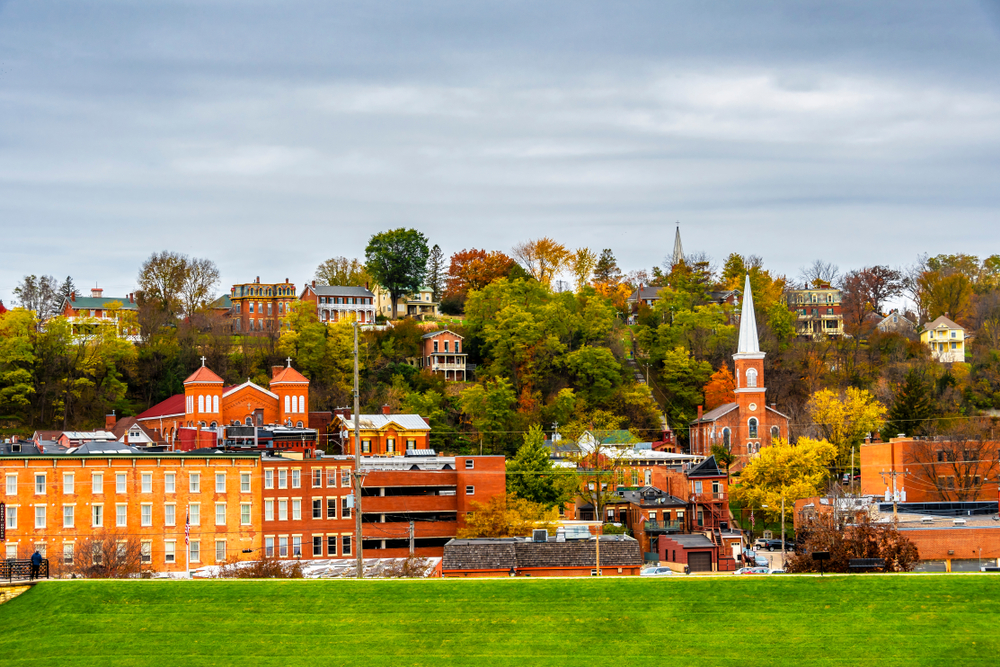
Galena feels like stepping back into the 19th century, with its red-brick buildings and winding Main Street framed by the Galena River. Once a booming lead-mining town, it later became the home of Ulysses S. Grant, whose house still stands as a museum. Visitors can stroll past antique shops and cozy cafés while hearing echoes of the town’s prosperous past. The town’s hillside setting adds to its charm, especially when the trees turn gold in autumn.
Many travelers are surprised by how much history fits within this small community. The Galena Historical Society offers tours that bring local stories to life, from Civil War tales to river trade legends. Seasonal events, like the Halloween parade and holiday festivals, fill the streets with small-town warmth. With its mix of history and personality, Galena is a perfect stop for anyone who loves classic Americana.
Eureka Springs, Arkansas
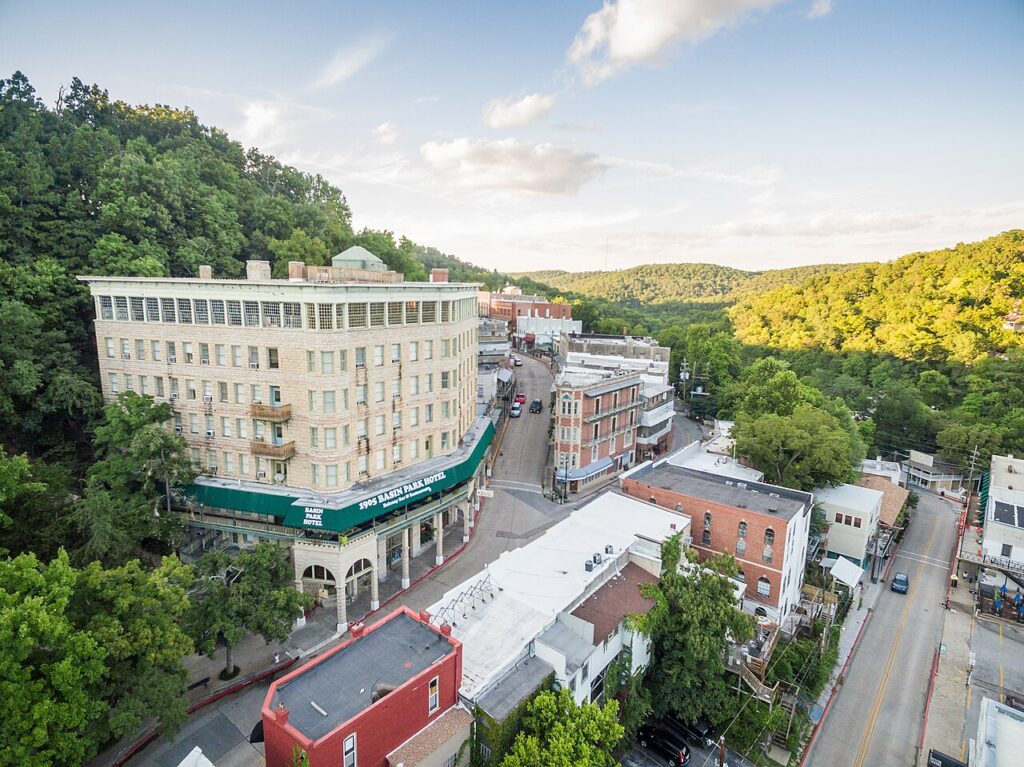
Tucked into the Ozark Mountains, Eureka Springs is a town built on winding streets and natural springs once thought to have healing powers. Its steep hills are lined with Victorian homes painted in soft pastels, each with a story to tell. The entire downtown is on the National Register of Historic Places, filled with shops, art galleries, and old hotels that look untouched by time. Even its stone staircases and bridges have a quiet beauty that makes every corner worth exploring.
This town’s charm lies in how it mixes nature and heritage. The Crescent Hotel, often called one of America’s most haunted, adds a hint of mystery to its already rich past. Local artists and musicians give the area a lively, creative energy that keeps visitors coming back. Every visit feels personal, whether you’re exploring hidden gardens or watching the fog roll through the hills.
Abingdon, Virginia

Abingdon is one of those towns that seems to have preserved its spirit through every century. Founded before the American Revolution, it became a key stop for settlers heading west. Its tree-shaded streets are lined with historic homes, brick sidewalks, and the famous Barter Theatre, where actors once traded performances for farm goods. The town’s quiet charm invites visitors to slow down and enjoy its timeless rhythm.
What makes Abingdon special is how alive its history still feels. You can watch a play in the same theater where Gregory Peck once performed or walk along the Virginia Creeper Trail, a former railroad route now used for biking and hiking. Local restaurants serve southern comfort food in century-old buildings that seem frozen in time. Abingdon balances old traditions with a welcoming small-town spirit that makes every visit memorable.
Hermann, Missouri

Set along the Missouri River, Hermann tells the story of German immigrants who brought their culture, architecture, and wine-making skills to the Midwest. Rows of old brick buildings line the town center, their signs still written in German in some spots. Vineyards stretch across the hills, giving the area a European feel that’s rare in small-town America. Visitors can tour historic cellars or enjoy a glass of Riesling as they watch the river drift by.
Every season brings a new reason to visit Hermann. In fall, Oktoberfest fills the streets with live music, traditional food, and laughter. The Deutschheim State Historic Site offers a fascinating look at 19th-century immigrant life, complete with restored homes and gardens. Between the scenic river views and the town’s warm hospitality, Hermann feels like a place where time slows down.
Saint Francisville, Louisiana
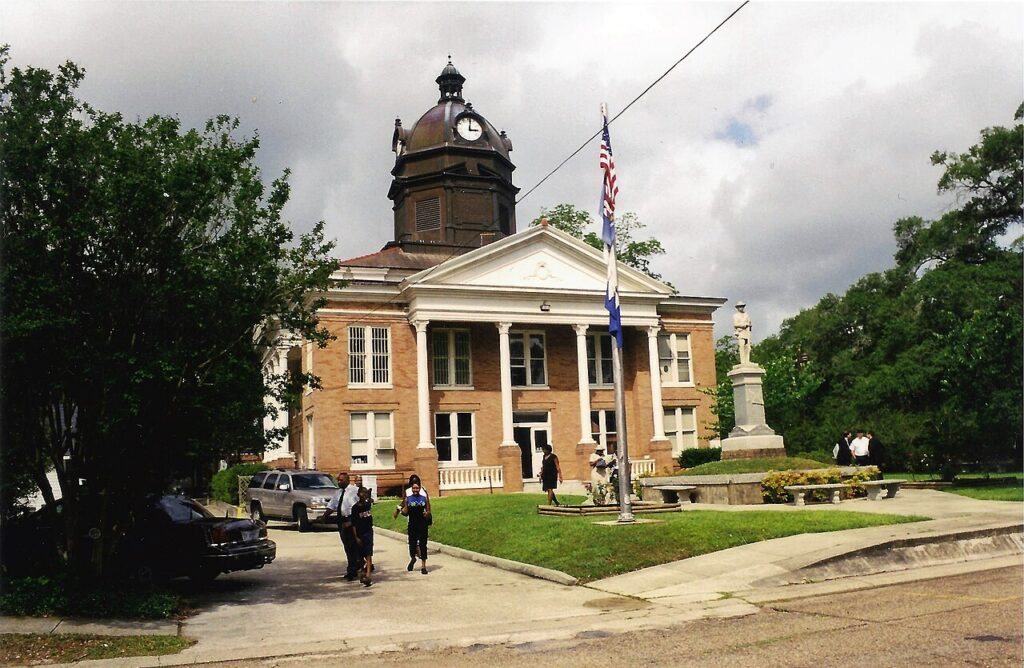
Saint Francisville sits on a bluff above the Mississippi River, its streets shaded by massive oak trees draped in moss. This peaceful town is home to grand antebellum houses that tell stories of the Old South. The air feels heavy with history, from the Civil War to the era of plantation life. Walking its quiet lanes, visitors can sense how deeply the past still lingers here.
The Myrtles Plantation, known for ghostly legends, draws curious travelers from near and far. Beyond the folklore, there’s a thriving arts scene and friendly locals who love to share the town’s history. Small shops, historic churches, and gentle river breezes give Saint Francisville its lasting charm. It’s a place where stories seem to whisper through the trees.
Mineral Point, Wisconsin

Once a bustling mining settlement, Mineral Point has transformed into a town that treasures its Cornish roots and artistic community. The stone cottages built by miners in the 1800s still stand, now filled with studios, bakeries, and galleries. There’s an old-world charm here, mixed with a creative pulse that keeps the streets lively. Visitors often feel like they’ve stumbled upon a secret hidden in the rolling Wisconsin hills.
The town celebrates its heritage through local festivals and hearty Cornish pasties sold in corner shops. The Pendarvis Historic Site tells the story of the miners who shaped the town, preserving both their homes and traditions. Artists have revived Mineral Point’s spirit by turning historic buildings into colorful spaces full of life. It’s small, welcoming, and quietly proud of its past.
Ligonier, Pennsylvania
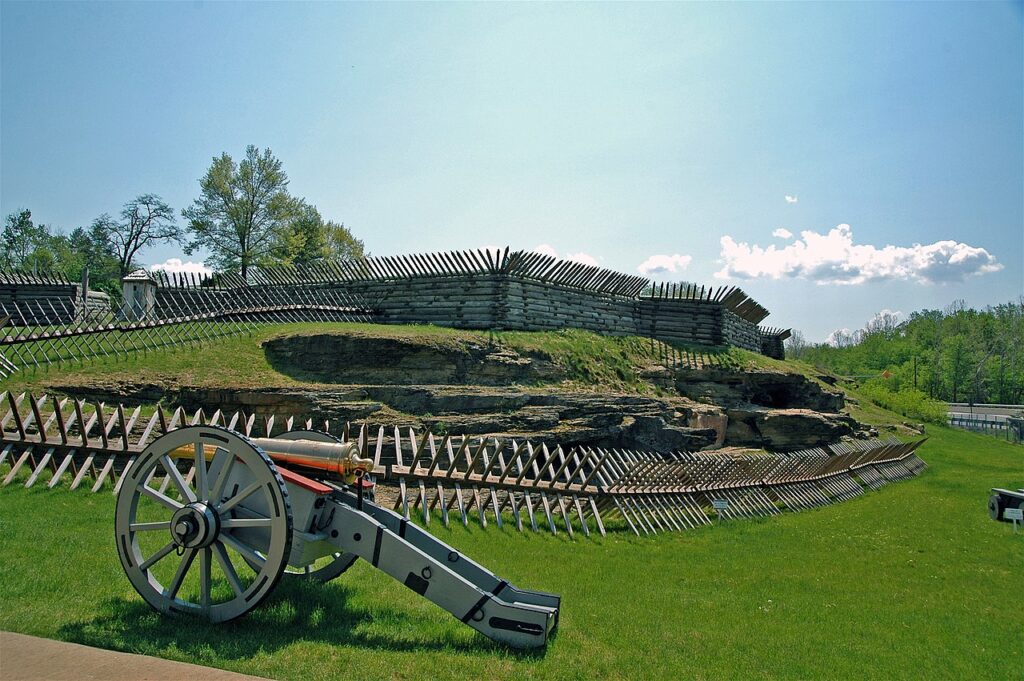
Ligonier feels like a living postcard, centered around a tidy town square called the Diamond. The square’s bandstand and shops give it a cheerful, nostalgic feel. Fort Ligonier, a reconstructed French and Indian War fort, reminds visitors of the town’s early importance in America’s frontier history. The combination of military legacy and small-town beauty makes it truly unique.
Throughout the year, Ligonier hosts parades, craft fairs, and festivals that bring families together. The nearby Laurel Highlands offer hiking trails and scenic drives that add to the area’s appeal. Visitors often describe it as a town that feels untouched by time yet full of friendly energy. Ligonier’s warmth and heritage make it a favorite for anyone who appreciates authentic small-town life.
Mendocino, California
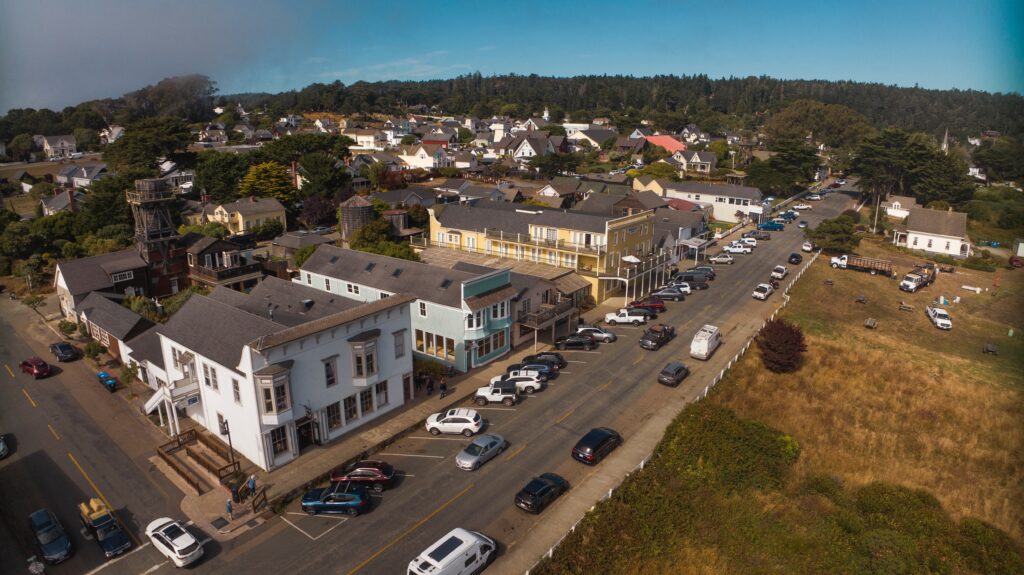
Perched on dramatic cliffs above the Pacific Ocean, Mendocino feels more like a New England coastal town than a California village. Its white picket fences, weathered cottages, and foggy mornings give it a dreamy, nostalgic atmosphere. The town began as a logging settlement in the 1850s, and its preserved architecture still tells that story. Every view seems to blend rugged natural beauty with seaside charm.
Artists and writers have long been drawn to Mendocino’s peace and quiet. Galleries and small cafés fill the streets, adding a creative touch to its maritime history. The surrounding coast is dotted with lighthouses and tide pools that invite exploration. It’s the kind of place that makes visitors pause and breathe in the ocean air a little longer.
Berlin, Maryland
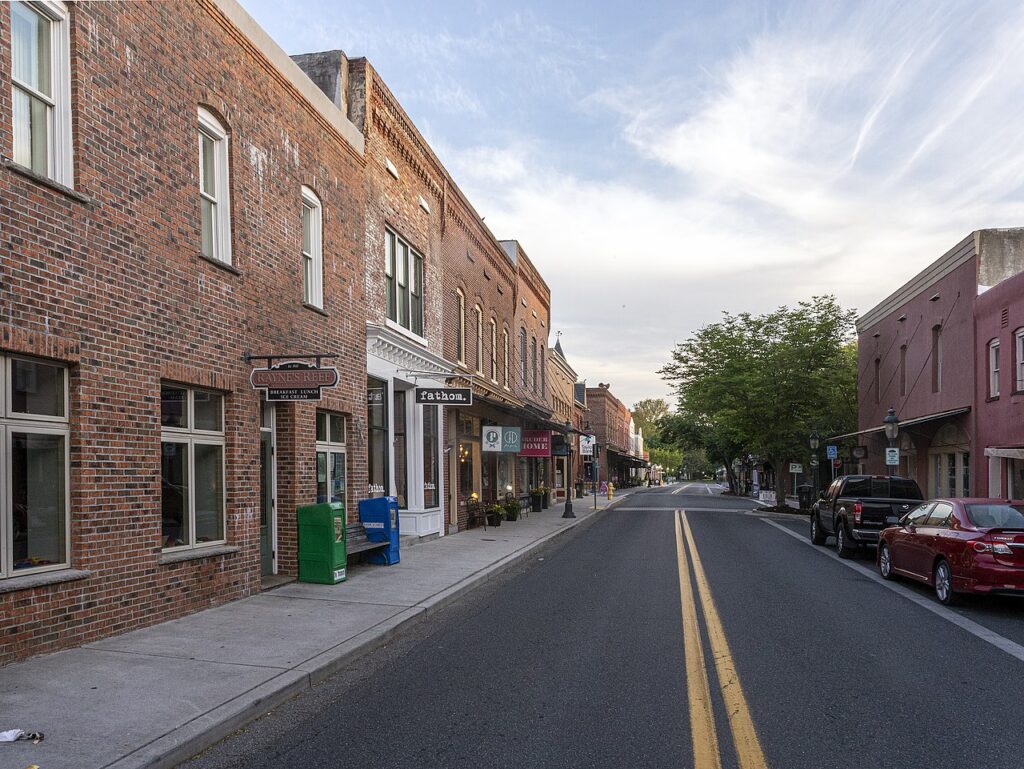
Berlin’s small downtown is a patchwork of colorful Victorian storefronts, each carefully restored. It grew from a crossroads village into a thriving 19th-century community, shaped by trade and the railroad. Walking along Main Street feels like entering another era, where every corner has a story. Its charm was strong enough to make it a filming location for major movies like Runaway Bride.
The town’s mix of history and creativity keeps visitors engaged. Art galleries, old-fashioned ice cream shops, and family-run restaurants create a warm sense of place. The Calvin B. Taylor House Museum preserves the town’s story, while local events fill the streets with laughter and live music. Berlin proves that small towns can feel timeless without feeling quiet.
Guthrie, Oklahoma

Once the capital of Oklahoma Territory, Guthrie holds an important place in the state’s early history. The town rose almost overnight during the Land Run of 1889, and its Victorian brick buildings remain a testament to that remarkable time. Today, its historic downtown looks much like it did more than a century ago. Ornate façades and hand-painted signs make a simple walk feel like a trip back in time.
Guthrie’s cultural life is as strong as its architecture. The Pollard Theatre continues to host performances in a century-old venue, and local museums share stories of statehood and the frontier. Festivals celebrating music, history, and art bring the community together throughout the year. Guthrie stands as a reminder of how quickly a town can grow—and how proudly it can preserve its roots.
Gloucester, Massachusetts

Gloucester is America’s oldest seaport, where fishing boats still set out each morning as they have for centuries. The smell of salt air and sound of gulls create a vivid reminder of its maritime past. Its working waterfront and weathered homes reflect a legacy built on courage and hard labor. The Fishermen’s Memorial honors those who never returned from sea, making this town’s story deeply human.
Visitors find both culture and beauty here. The Cape Ann Museum shares the area’s art and fishing history, while rocky beaches and harbors offer peaceful views. Local seafood shacks serve some of the freshest catches in New England. Gloucester is a living link between America’s seafaring past and its present-day coastal life.
Taos, New Mexico

Taos has been home to artists, Native communities, and Spanish settlers for centuries. The Taos Pueblo, a multi-storied adobe village, has stood for nearly a thousand years and is still inhabited today. The surrounding desert and mountains give the area a stark, breathtaking beauty. Every building, mural, and street feels touched by history and creativity.
The town’s art scene is world-renowned, fueled by painters and writers who found inspiration in its unique light. Museums and galleries display both Native and modern art, creating a bridge between cultures. Festivals celebrate music, heritage, and food, drawing visitors from across the country. Taos remains a rare mix of living tradition and artistic spirit.
Lewes, Delaware

Known as the First Town in the First State, Lewes dates back to the 1600s when Dutch settlers first arrived. Its maritime roots run deep, with old lighthouses and preserved ship captain homes still standing near the bay. Walking through town reveals tidy gardens, brick paths, and an easygoing pace that reflects its coastal heritage. Despite its long history, Lewes feels bright and inviting.
Visitors can tour the Zwaanendael Museum to learn about Delaware’s earliest days or explore Cape Henlopen State Park for its beaches and nature trails. The blend of history and seaside calm makes it a favorite getaway for families. Local cafés and shops add charm without losing the small-town feel. Lewes manages to be both historic and refreshingly down-to-earth.
Arrow Rock, Missouri
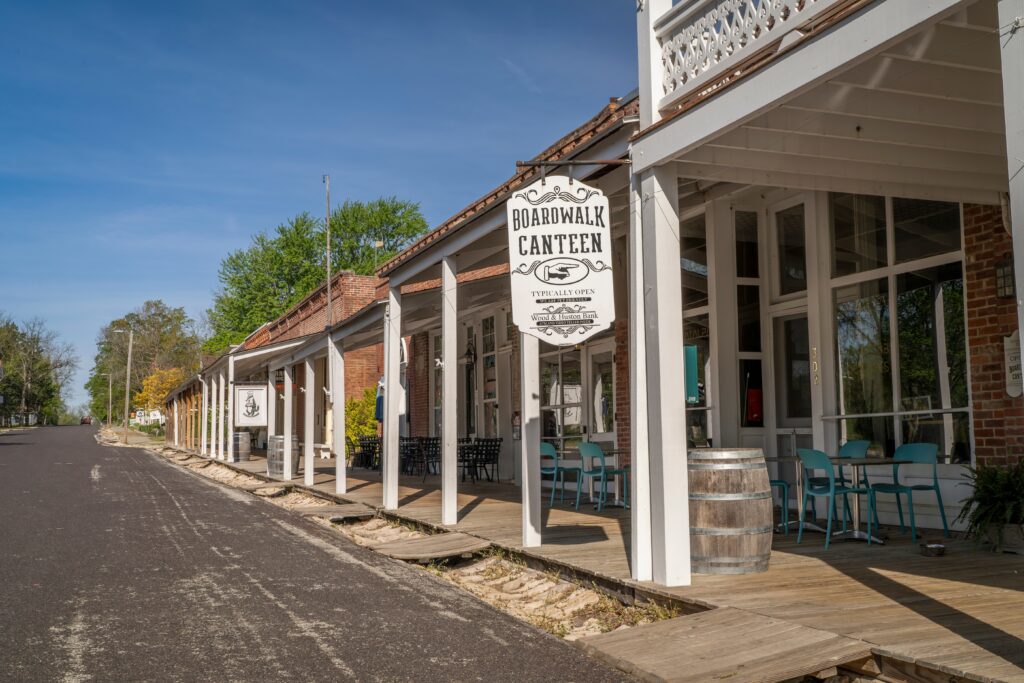
Arrow Rock may be small, but it holds a big place in Missouri’s past. Once a key river crossing on the Santa Fe Trail, it became a lively stop for travelers and traders in the 1800s. The town’s brick taverns and storefronts have been carefully preserved, giving visitors a glimpse into early frontier life. The entire village is a National Historic Landmark, rich with old-world character.
The Arrow Rock Lyceum Theatre brings top-quality performances to a town of just a few hundred residents. Museums and walking tours share stories of pioneers and settlers who helped shape the state. Quiet streets, shaded porches, and friendly locals make it feel like time has paused. Arrow Rock shows that history can thrive even in the smallest places.
Madison, Indiana
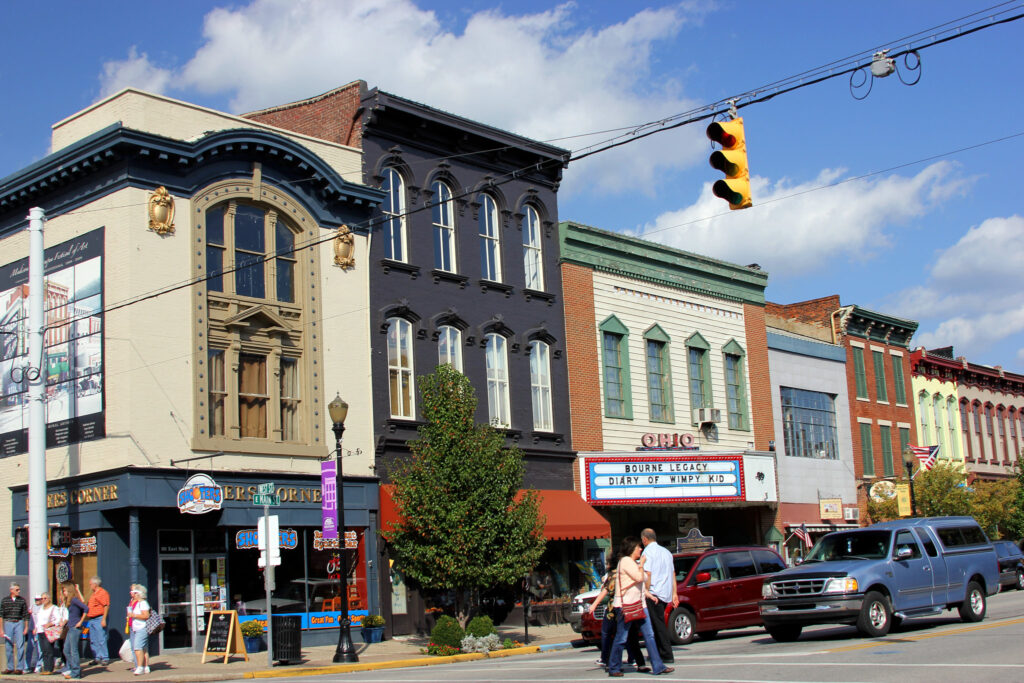
Set along the Ohio River, Madison boasts one of the largest historic districts in the Midwest. Its streets are lined with Federal and Greek Revival buildings, all carefully preserved. Once a major port, it played an important role in river trade and the Underground Railroad. Today, it’s a peaceful town where history feels alive in every corner.
Festivals, antique shops, and cozy inns fill the downtown with activity year-round. Visitors can tour old mansions like the Lanier Mansion or simply walk along the scenic riverfront. The combination of river views and centuries-old architecture makes Madison both picturesque and authentic. It’s a town that proves history and hospitality can go hand in hand.
This article originally appeared on Avocadu.
